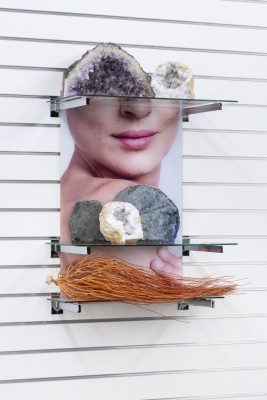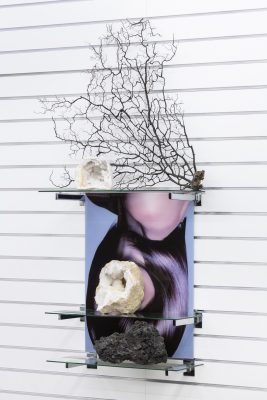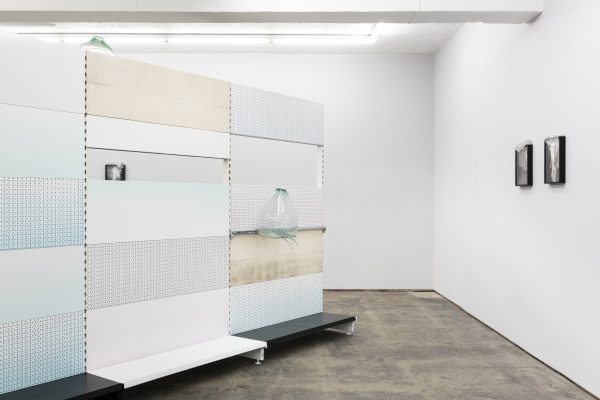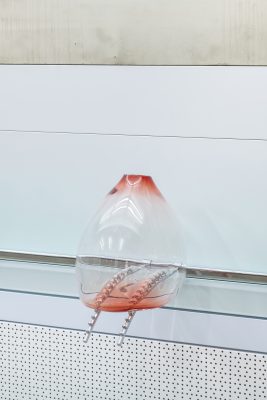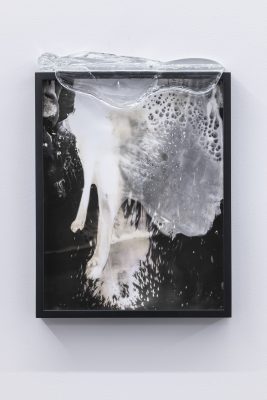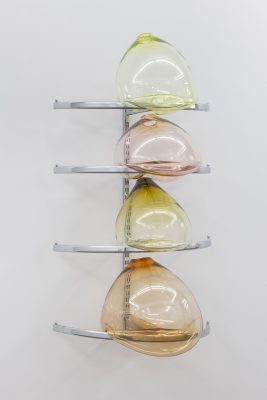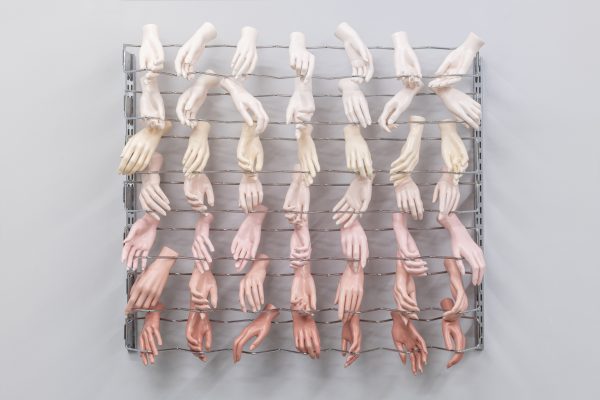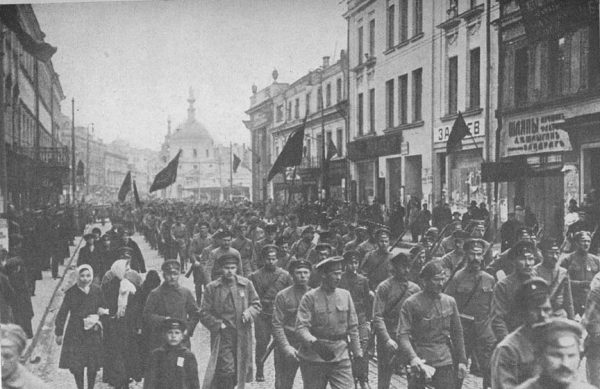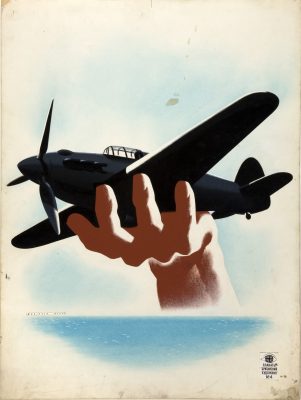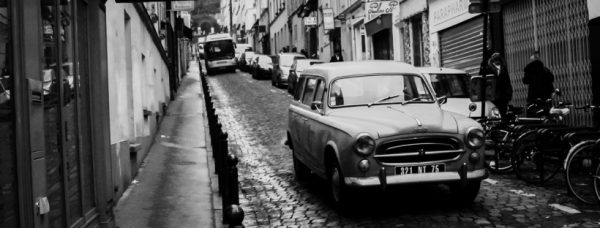Several months ago, I went to a salon so small and so identikit that I do not recall the name, and against every sane friend’s advice, had my real fingernails drilled down to nothing for the sake of having longer, obviously artificial nails installed. The effect was simultaneously intoxicating, and impractical. I re-learned how to type; relied, reluctantly, on male help in the workplace and at home to perform mundane tasks like opening cans and buttoning blouses. I did not remember ever thinking that my hands had looked more beautiful, less like my hands. They were like a celebrity’s; an artwork. After two months, unable to afford maintenance, I had the nails removed. Cut necessarily down to the quick, my fingernails now made my fingers look like toes, artless and blunt. I could no longer regard my hands and think, as one is meant to after leaving an appointment at a salon, that I did not fully recognise them. There was no distance, no transformation.
Nail salons and hairdressers specialise in modifying the literally live-dead parts of human bodies; those that grow after we die, but do not bleed if cut. More often than not, the live-dead parts being modified belong to women, who are not unused to being seen as an admixture of desirable-or-undesirable bodily fragments, rather than as whole. This is especially true for famous women, whose live and live-dead parts are familiar enough to us, after such long exposure, to behave like semaphore; to signify a thing beside themselves. In a promotional release for Live Dead World, a new show by the artist Gabriele Beveridge, an image appeared on Seventeen Gallery’s website. Folded over on each other, pages from women’s high-fashion magazines – fluid and smooth, held in place by two or three rubber bands – made an abstract, feminine composite out of girl-eyes, girl-lips, and faded, indistinct girl-faces. There, located front and centre, was Britney Spears’s mouth, a logo as distinctive as a Coca Cola bottle. It is peculiar, and a little eerie, that although it’s possible I may not recognise my own mouth in a line-up, I immediately know Britney Spears’s.
Two works in Live Dead World feature the faces of beautiful women, and have titles that refer to hairdressing: ‘Lock in the Colour You Love’ and ‘Perfect Lasting’ (all works 2018). Both are combinations of photography and sculpture, which pair glamorous, unnatural images of salon models with wild and natural forms: ash-coloured lava, cantaloupe-bright coral in a shade that does not quite resemble any nail polish on earth. In both, the sculptural objects partially obscure the photographic image, reducing its subject to discrete, mysterious parts. Neither of these women is a famous signifier. Funny, then, that I could not help scanning them for familiar traits.
Salon imagery is intended to perform a magic trick; it confers, in some indefinable way, the patina of extreme famousness on civilian women. This is for the most part why we frequent salons: to feel if not famous, then closer to perfect, more unreal. Beveridge, born in Hong Kong and living and working now in London, tends towards an unabashedly girl-world aesthetic, making her work both seductive and potentially unserious in the eyes of those who think that to be meaningful, art should be dark and heavy and imposing, and skew masculine or male. For women, her aesthetic is as instantly-identifiable as a very famous mouth. She has professed an intense fascination with the anonymous and ‘depersonalised’ shots of women that are typically seen in a salon window, on the grounds that they are situated in a kind of hinterland between famousness and un-famousness, meaning and meaninglessness, a live-dead-style limbo. ‘They act like a kind of mask for the other, as Lacan would say,’ she told an interviewer in 2014 ‘It’s always on the edge of familiarity, which conversely creates the uncanny reminder of the distance: ‘…don’t I know you?’
In Live Dead World, an exhibition title that suggests the dual condition of Schrödinger’s cat, dirty-sweet works like ‘Vanillic Acid Damping’ – a beachily-painted, six-metre-wide sculpture made from a commercial shop display, sprouting a handful of translucent, pastel-tipped glass tumours – and the oozing sci-fi photograms ‘Cosmetic Universals Choke’ I, II and III achieve the same bleak fracture, pairing cosmetology with bulbous horror à la David Cronenberg. (‘I’ve always thought there should be beauty contests,’ an insane gynaecologist says in the Canadian director’s 1988 thriller Dead Ringers, ‘for the inside of the body.’ Beveridge’s pitch-dark photograms, which look less like abstract photo-exposures than like X-rays, something at once alien and organic, give us an idea of how this contest might look if it happened to take place in outer space.) A smaller sculpture in the same room, ‘The Spine through the Guts’, transmogrifies shop furniture and glass into a thing both like and very unlike real anatomy. Nearby, a wall-mounted rack of mannequin hands painted for the most part in sick chick-pinks, sometimes in the wan shade of Caucasian flesh – I forget whether the tones are in fact more diverse, since the main effect is less about realism than about dumb uniformity – is called ‘Memorial’, as if each pair of hands belonged to a fallen foot-soldier in the gender war.
Britney Spears’s nails, I learned from Googling ‘Britney Spears’s nails’, are infinitely less significant and memorable than her mouth. Spoiling the illusion, they are often bitten, bloodied at the edges, too human to impress – all Cronenberg, and no cosmetology. They are an uncanny reminder not of the great, chasmic distance between Spears and an un-famous woman, between artifice and nature, but of the occasional narrowing of that distance into nothing. Live Dead World, with its bleak beauty shop aesthetic, toes the same line with a filthy pedicure: its messiness, surface-seductive, is unsettling, contradictory, and profoundly female. Reproducing the pale-shaded, Miami-inflected vibe of high street nail salons and hairdressers, it makes a thing most often seen as a low aspiration, i.e. the pursuit of a specific brand of high-femme hotness, into something like high art. There is a drilled-down truth beneath its exterior style, its chic cosmetic gloss. We do – we realise despite its uncanny, near-familiar distance – know it after all.
